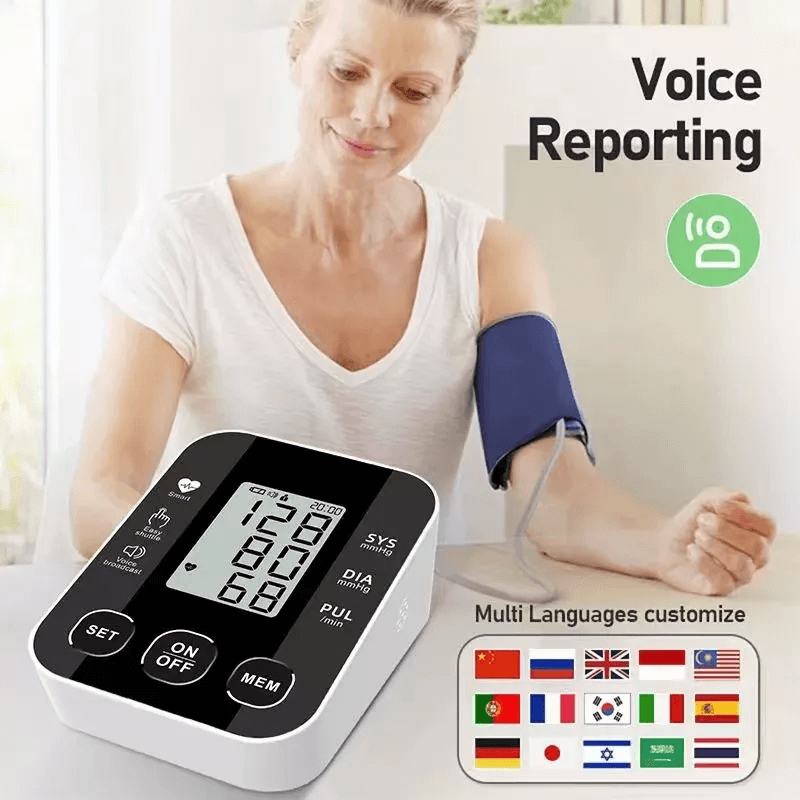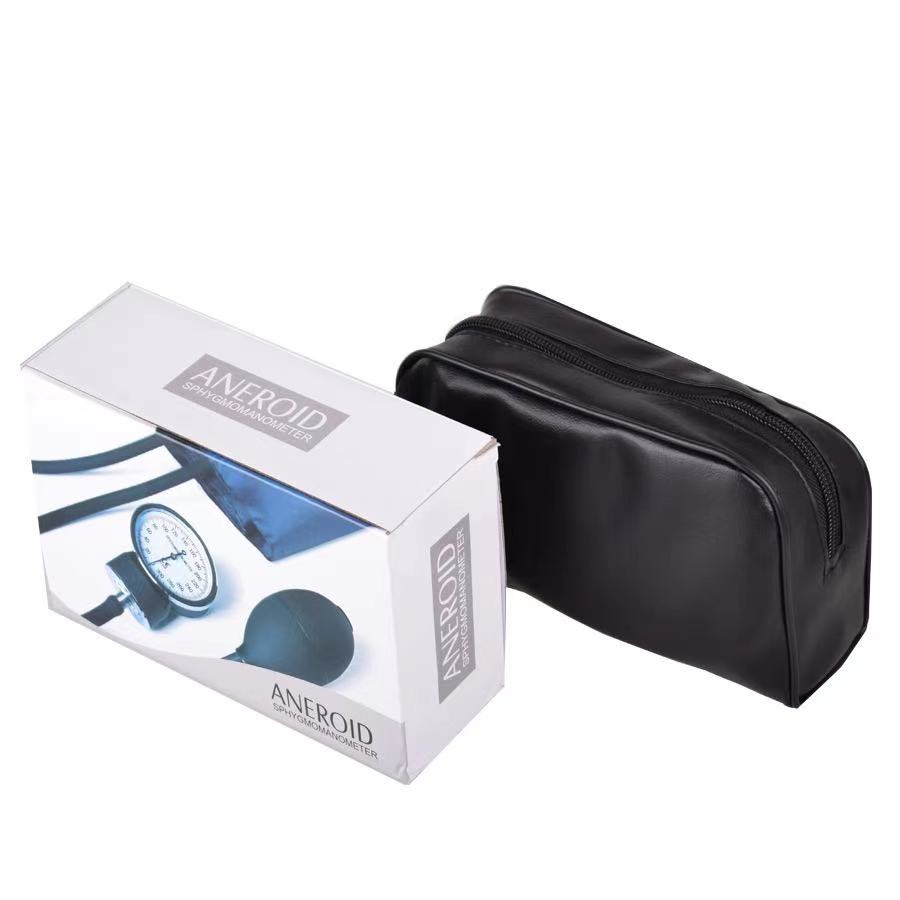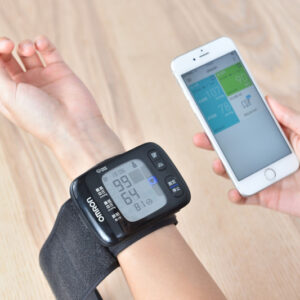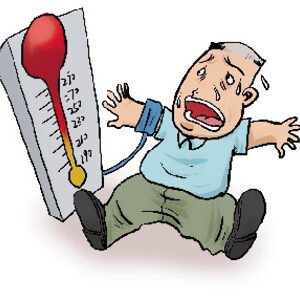When it comes to monitoring blood pressure, there are two primary types of devices available on the market: automatic and manual. Understanding the differences between these two types of monitors is important when choosing the right device for your needs.
Manual blood pressure monitors
require the user to inflate a cuff around their arm with a hand pump. They then use a stethoscope to listen for the first and last sounds of the pulse in the arteries while slowly releasing the pressure in the cuff. This process can be difficult for some people, especially those without medical training or experience.
On the other hand,
automatic blood pressure monitors
use sensors to detect the pulse in the arteries and automatically inflate and deflate the cuff. These devices are generally easier to use and more convenient, requiring only that the user wear the cuff properly and press a button to start the measurement.So which type of monitor is better? The answer may depend on your individual needs and preferences.
Manual blood pressure monitors are often preferred by healthcare professionals because they offer greater accuracy when used correctly. They can also be less expensive than automatic monitors and do not require batteries or electricity to operate.
However, manual blood pressure monitors can be difficult for many users to use correctly, especially if they have limited mobility or dexterity. In addition, the process can be time-consuming and may not be practical for routine monitoring at home.
Automatic blood pressure monitors, on the other hand, are generally easier to use and more convenient for most people. They can provide accurate readings quickly and easily, making them ideal for regular monitoring at home.
However, automatic monitors can be more expensive than manual monitors and may require frequent calibration to maintain accuracy. Some users may also find that the automatic inflation of the cuff is uncomfortable or painful.
Ultimately, the decision between automatic and manual blood pressure monitors will depend on your individual needs and preferences. If you have limited mobility or dexterity, or if you need to monitor your blood pressure regularly at home, an automatic monitor may be the best choice. However, if you have experience using manual monitors and require greater accuracy, a manual monitor may be the better option.
Regardless of which type of monitor you choose, it is important to use it correctly and consistently to ensure accurate readings and proper management of your overall health.






